Wetland Overview
A fen is a wetland that is typically saturated or nearly saturated and contains low-growing grasses, sedges, rushes, and broad-leaved plants. This fen is located on the Indian Hills Golf Course property. At the base of the slope where the fen is located, iron-rich water is present, which indicates groundwater discharging into the fen. Groundwater seepage provides highly specialized hydrologic conditions that support this unique wetland plant community.
Sedges and grasses like tussock sedge, lake sedge, and wooly sedge, along with swamp saxifrage, water hemlock, and sensitive fern dominate the ground layer on a deep peat substrate. This fen also contains pockets of woody shrubs like willows and dogwoods. In total, over 50 native plant species have been documented on the site during numerous field visits, making it one of the most diverse wetlands in the BCWD. Most of the plant species are not found in any other wetlands in the district, and many uniquely inhabit rich fens. Many bird, mammal, and insect species have also been observed on the site, making this fen high value for wildlife. While Indian Hills Fen is high quality and high functioning, pockets of reed canary grass have partially degraded several areas.
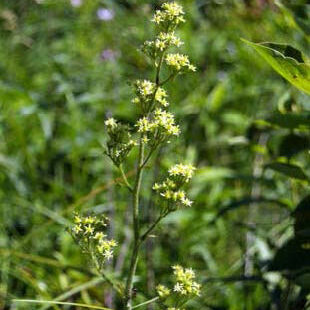
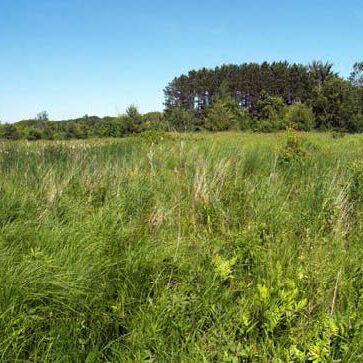
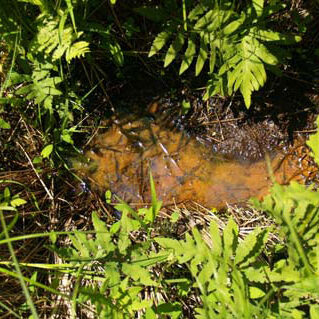
Resource Goals
Groundwater dependent natural resources are physical and biological systems where groundwater discharges to the surface or within 12-inches of the surface in the form of springs or seeps. They are very sensitive to any changes in the quantity and quality (chemistry and thermal) of groundwater contributions. The BCWD’s goal for groundwater dependent natural resources like the Indian Hills Fen is to ensure that they function at or near maximum potential, trying to maintain their pre-development groundwater and surface water hydrology and quality.
Groundwater Dependent Natural Resource Management Plan
The BCWD developed its first Groundwater Dependent Natural Resource Management Plan (GDNRMP) for Indian Hills Fen, which outlines a comprehensive approach to protecting the long-term sustainability of groundwater dependent natural resources while understanding the balance between development and natural resource management.
BCWD’s goals for the GDNRMP were to:
- Identify the groundwatershed to the resource within the surficial water table.
- Develop standards to protect the resource under future development scenarios.
- Serve as a template for future GDNRMPs.
The GDNRMP identified impacts to the fen and provided recommendations to protect it. Details are in the final plan and memo:
Recommendations
- Repair old streetcar line breach to restore portions of the fen and reduce the management area size.
- Establish a baseline of data on the quality and hydrology of the fen, and continue monitoring to ensure it is protected and maintained as future development occurs.
- Develop an education and outreach plan to share the value of natural communities and processes essential to fen health and sustainability.
- Minimize development impacts within the fen's contributing drainage area by working with the City of Grant and the Valley Branch Watershed District.
- Determine how to modify the existing Rules and Regulations to incorporate the GDNRMP, and evaluate applicability requirements for Rule 2.2(f).
- Consider acquiring fee title or conservation easement on all or part of the property containing the fen and its 100-foot buffer to ensure preservation.
- Evaluate the quality and quantity of data to identify gaps within critical areas and help to focus district resources on collecting priority information.
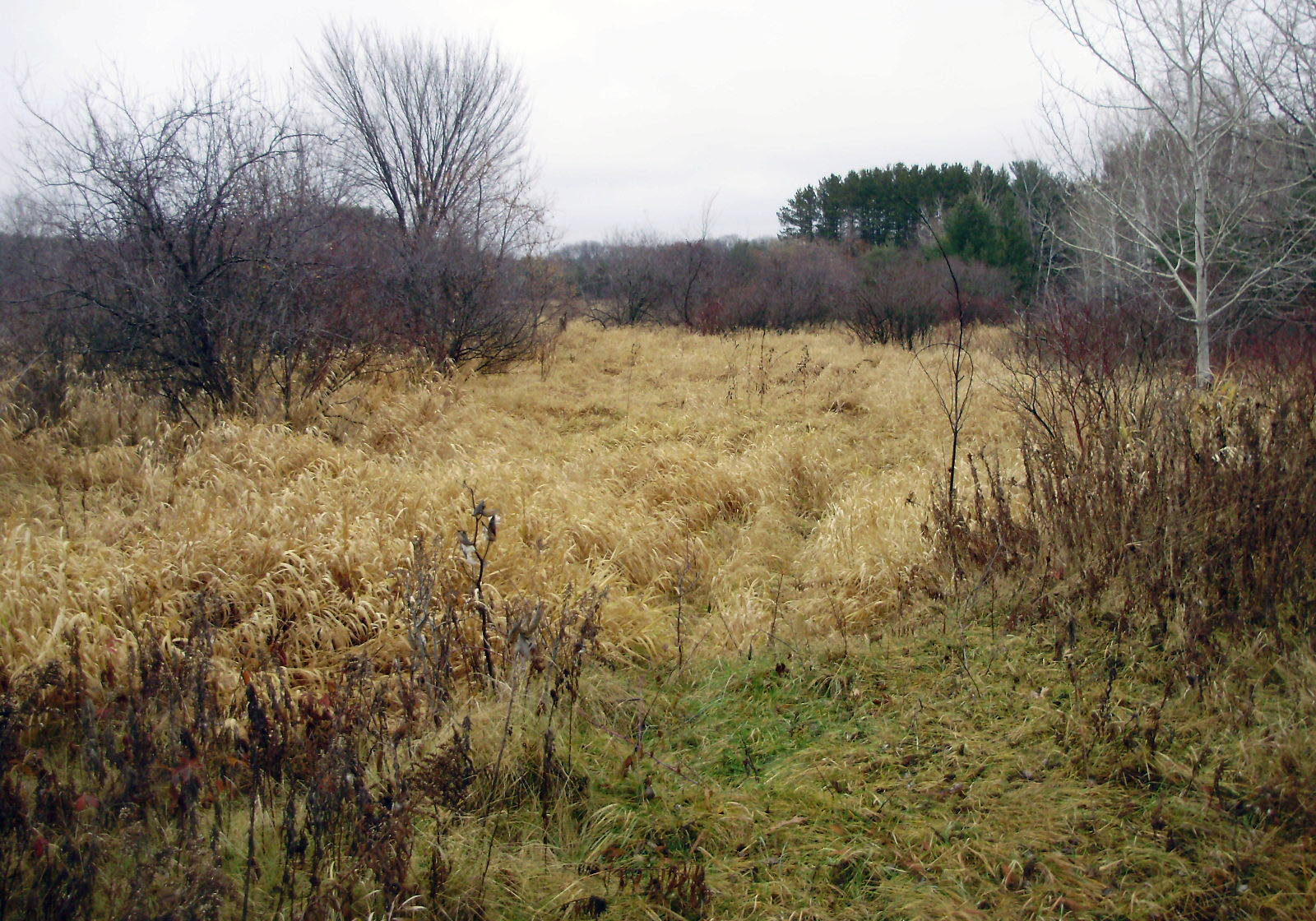
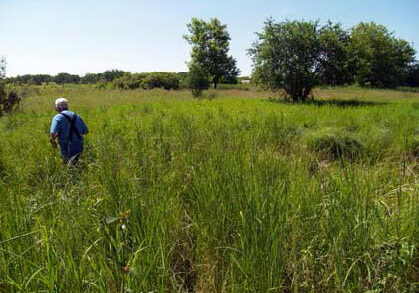
Breach Repair
Two breaches were found in the abandoned streetcar line adjacent to the fen during a site visit in November of 2009. They provided a connection for surface water runoff from the South to enter the wetland complex and contribute to its slightly degraded state. The property owner supported repairing the breach in the historic trolley line.
The repair raised the grade of the streetcar bed at the breach to match adjacent grades, resulting in water from the south wetland following a swale along the streetcar line; the path which it would have taken prior to the breach.
Windscapes was selected as the contractor after they shared a unique proposition to use their blower truck to create long, seeded, compost filled socks and “grow” them at their facility prior to installation. They then installed them lining the edges of the breach, establishing a “living retaining wall” and back filled inside the two walls to make the trolley line path. This resulted in a smaller footprint using less material overall.
Related Documents
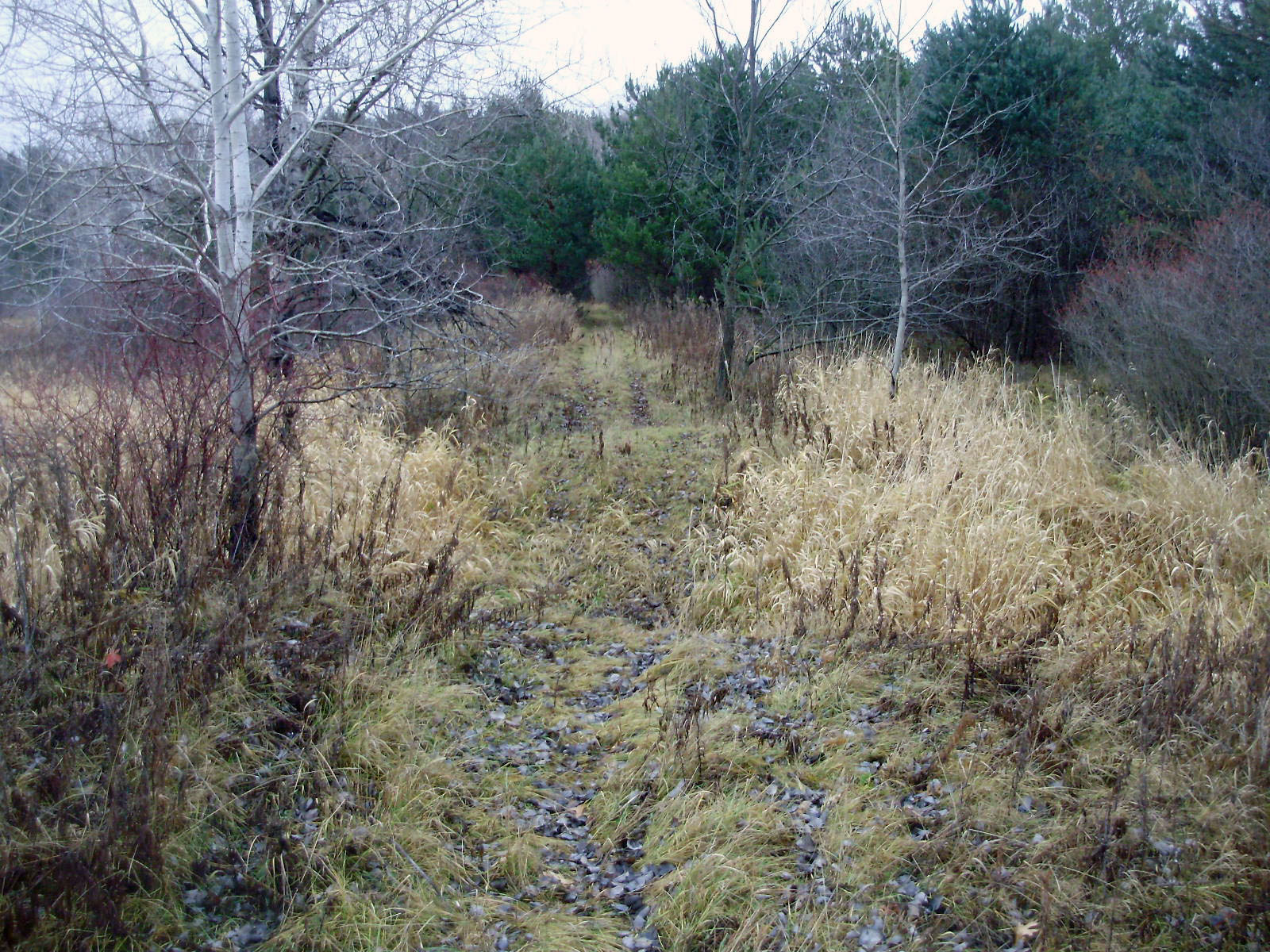
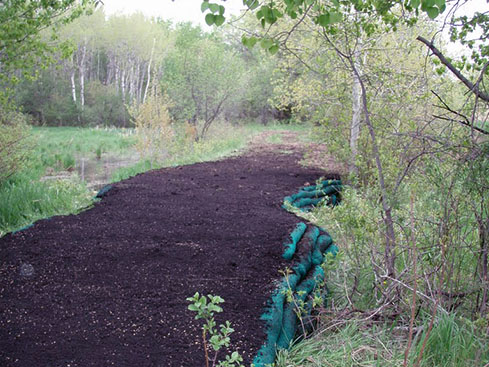
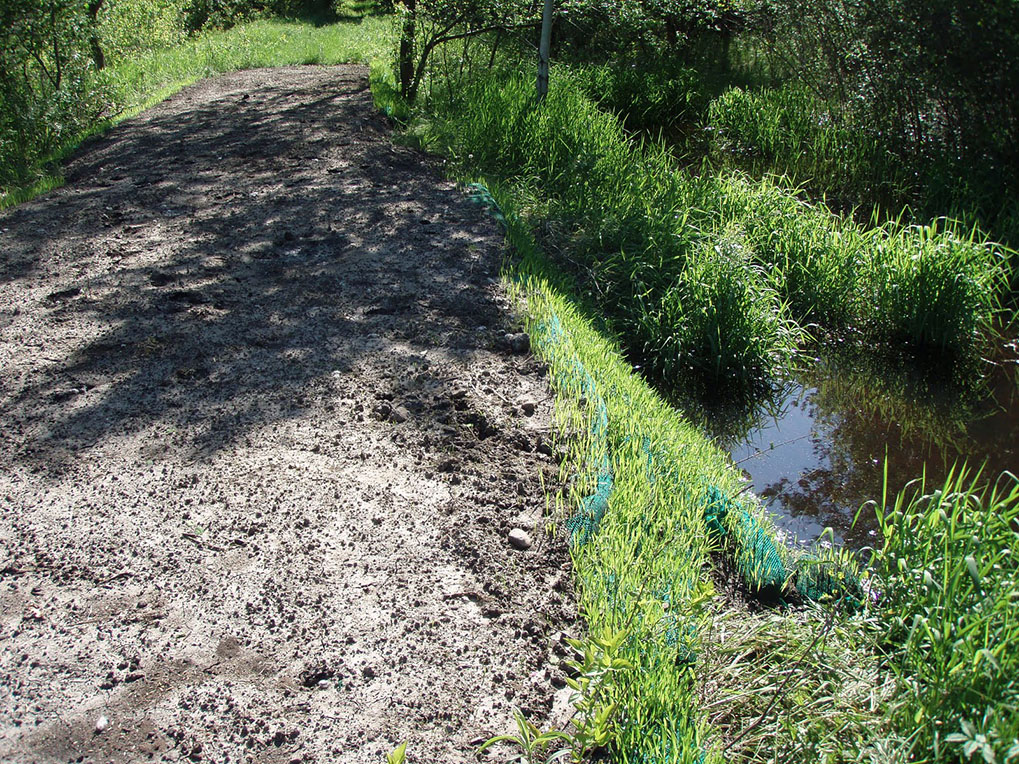
Vegetative Maintenance
Control of invasive species is vital in preserving the integrity of the fen. BCWD has been working with EOR and a contractor since 2010 to maintain the fen’s unique vegetation by targeting non-native and invasive species in the fen and its surrounding buffer through mowing, pulling, and spot-spraying. The fen has been managed over the years for buckthorn, reed canary grass, common St. John’s wort, Canada thistle, and glossy buckthorn. Aggressive native species like Canada goldenrod and raspberry bushes have also been controlled.
In 2024, ground water levels in the fen were higher than the last several years due to regular rain events throughout the growing season, which led to predominance of native herbaceous plants. However, due to the sensitive nature of the native plants, any disturbances open the area up for recolonization of invasive species like Reed canary grass and continued management is needed.
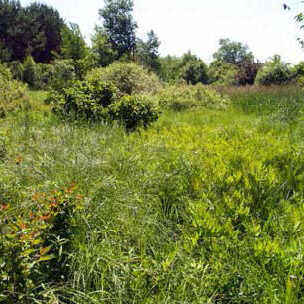
Long-Term Goals
- Continue timely, ongoing maintenance (herbicide treatments and mowings) to protect this valuable native plant ecosystem from neighboring weed sources.
- Collaborate with landowner to improve the wetland buffer and reduce the edge effect from surrounding land use.
- Promote native species growth in areas where non-natives have been removed to help foster wildlife habitat, biodiversity, and aesthetics.
- Monitor and record native and invasive species present throughout the fen from year to year.
